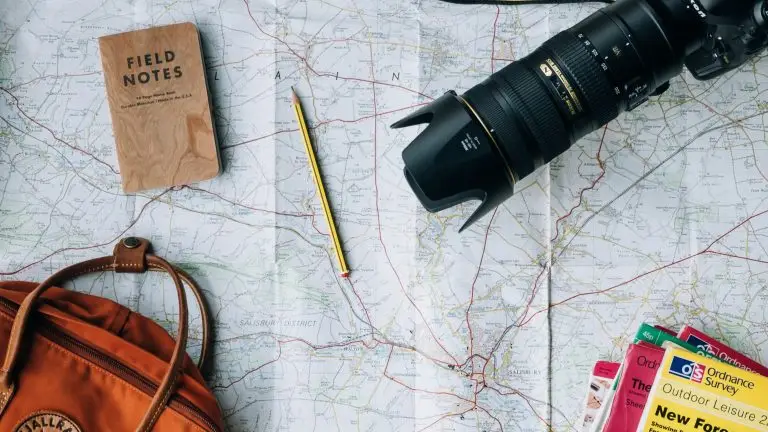Nepal is a landlocked country located in South Asia, bordered by India and China. It is known for its stunning natural beauty, rich cultural heritage, and diverse ethnic groups.
The country has a long and complex history that dates back thousands of years, with influences from various civilizations, including the Mauryan and Mughal empires. Nepal was unified in the 18th century and has since undergone significant political and economic changes. Nepal is home to many different ethnic groups, including the Nepali, Sherpa, Tharu, and other minority groups. The culture is characterized by traditional practices, such as Hindu and Buddhist customs, traditional dance, and weaving. Nepal has a diverse culinary tradition, with dishes featuring a variety of flavors and spices. Some popular Nepali dishes include momos (dumplings), dal bhat (lentil soup and rice), and chow mein (stir-fried noodles).
The country is also known for its stunning natural beauty, including the Himalayan mountain range, national parks, and wildlife reserves. Nepal is home to many famous landmarks and attractions, such as Mount Everest, the birthplace of Lord Buddha in Lumbini, and the historic city of Kathmandu.
“Into Thin Air” is a non-fiction book by Jon Krakauer, chronicling the author’s experience as a journalist and mountaineer during the 1996 Mount Everest disaster. Krakauer was one of the climbers who reached the summit on that fateful day, and he provides an in-depth account of the events that led to the deaths of eight climbers. The book examines the causes of the disaster and the ethical questions surrounding the commercialization of Everest expeditions.
“The Snow Leopard” is a non-fiction book by Peter Matthiessen, published in 1978. The book is an account of Matthiessen’s two-month journey with naturalist George Schaller in 1973 to the Crystal Mountain on the Tibetan plateau in search of the elusive snow leopard. Along the way, Matthiessen reflects on his own personal struggles and the nature of human existence, weaving together themes of adventure, spirituality, and environmentalism. The book has been highly acclaimed for its lyrical prose and its exploration of the relationship between humans and the natural world.
“Arresting God in Kathmandu” is a collection of nine short stories by Nepali author Samrat Upadhyay. The stories are all set in Nepal and explore the lives of various characters, from a young boy who becomes a monk to a woman who struggles to reconcile her traditional beliefs with her desire for a modern life. The stories touch on themes of family, culture, tradition, and change in modern Nepal.
“The Bullet and the Ballot Box: The Story of Nepal’s Maoist Revolution” is a non-fiction book by Aditya Adhikari that chronicles the decade-long Maoist insurgency in Nepal, which eventually led to the overthrow of the monarchy and the establishment of a republic. The author provides a detailed account of the political and social conditions that led to the rise of the Maoist movement, and examines the tactics used by the Maoists to mobilize popular support and challenge the state’s authority. The book also offers a critical assessment of the impact of the revolution on Nepal’s society and politics.
“Massacre at the Palace: The Doomed Royal Dynasty of Nepal” by Jonathan Gregson is a historical account of the Nepalese royal family and the events that led to the massacre of King Birendra and his family in 2001. The book explores the political and social context of Nepal, the tensions between the monarchy and political parties, and the controversial role of the royal family in the country’s affairs. The author draws on extensive research and interviews to provide a comprehensive and detailed analysis of the tragedy that shook Nepal and marked the end of the monarchy.
“The Black Hen” is a Nepalese film directed by Min Bahadur Bham. Set during the height of Nepal’s civil war, the film follows two young boys, Prakash and Kiran, who find and raise a black hen together in a small village. As the war intensifies and the villagers are forced to take sides, their friendship is tested in unexpected ways. The film explores themes of conflict, loyalty, and the effects of war on ordinary people. It won the Best Film award at the Venice Film Festival’s Critic’s Week in 2015.
The story follows a middle-aged man named Pashupati, who returns to his remote village after working as a government officer in the city for many years. Upon his arrival, he becomes embroiled in a feud with his old friend over a game of kabaddi, a popular sport in the village. Pashupati must lead a team of inexperienced players to defeat his friend’s team in the annual kabaddi tournament and restore his lost honor. Along the way, Pashupati reconnects with his rural roots, gains the respect of the villagers, and learns valuable life lessons about teamwork, perseverance, and humility. “Kabaddi” is a heartwarming movie that celebrates the spirit of sportsmanship and the power of rural community.
The movie is a sequel to the 2013 film “Kabaddi” and follows the story of Kaji, a middle-aged man who returns to his village after working in the city for many years. Kaji falls in love with a young woman named Maiya, but their romance is complicated by a longstanding family feud between their respective clans. As the kabaddi tournament approaches, tensions rise between the two families, and Kaji must navigate the delicate balance between his love for Maiya and his loyalty to his own family. “Kabaddi Kabaddi” is a heartwarming and poignant movie that explores themes of love, tradition, and the complexities of rural life in Nepal.
A journey of a singer (Bhakta Raj Acharya) who grew up in an extreme poverty without father. his chances of achieving his dream of becoming a singer was slim to none, under the circumstances he was in. But, he over came all the obstacles and became one of the greatest singers of Nepal, just find his destiny waiting for him with a different plan. Because of fast spreading tumor in his tongue, he had to choose between his tongue and his life. Bhakta’s tragic musical journey is picked up by his two sons from the point where he left off. He still lives in Kathmandu with his wife, sons, daughter in law and grand child.
“Apabad” is a Nepali romantic drama film released in 2012. The film revolves around the life of a young woman named Saya, who has lost her parents and struggles to find direction in life. Saya falls in love with a man named Kedar, who is trying to find his own way in the world. As they navigate their own personal challenges, their relationship is tested by societal and cultural norms. The film explores themes of love, loss, self-discovery, and the tension between tradition and modernity in Nepali society.
Nepal has a diverse and rich musical culture that reflects its multicultural heritage and natural beauty. Traditional Nepali music includes a variety of genres, such as classical, folk, and devotional music.
Classical Nepali music is characterized by its use of traditional instruments, such as the sarangi (bowed string instrument), bansuri (bamboo flute), and tabla (percussion instrument). Folk music draws influences from various ethnic groups and regions, often featuring traditional instruments like the madal (drum) and dhime (large kettle drum). Devotional music is a form of religious music that is often accompanied by traditional instruments like the harmonium and tabla.

